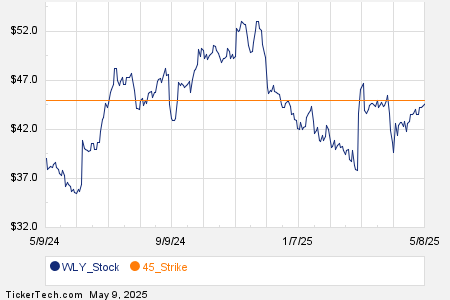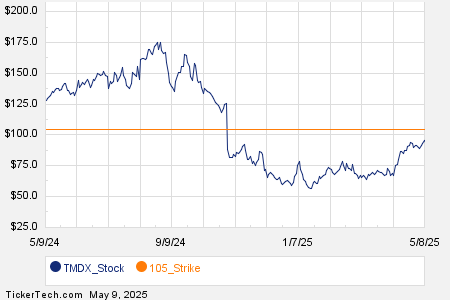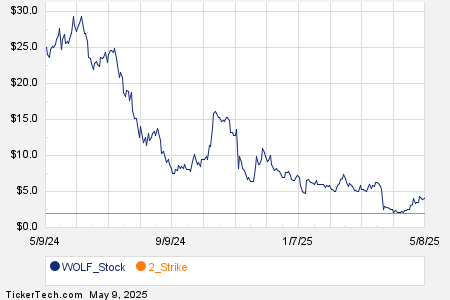Natural Gas Prices Hit 7-Week Low Amid Market Concerns
May Nymex natural gas (NGK25) closed down -0.182 (-4.74%) on Monday. Prices plummeted to a 7-week low, settling sharply lower due to concerns over a trade war that pressured global equity markets and contributed to a risk-off sentiment across various asset markets, negatively impacting natural gas prices. Additionally, increased U.S. natural gas output played a role, with production rising +5.1% year-over-year.
Commodity Bulletin: From crude oil to coffee, this FREE newsletter is designed for industry professionals and newcomers alike.
Last month, natural gas prices rallied to a 2-year high as signs indicated that U.S. natural gas storage levels might remain tight heading into the summer air conditioning season. According to BloombergNEF, U.S. gas storage is expected to be 10% below the five-year average this summer.
On Monday, the Lower-48 states reported dry gas production at 107.2 bcf/day, which marks a 5.1% increase year-over-year, according to BNEF. Demand for gas in these states reached 79.9 bcf/day, an increase of 10.0% year-over-year. Additionally, LNG net flows to U.S. LNG export terminals were reported at 15.9 bcf/day, up 1.7% week-over-week.
Meanwhile, an increase in electricity output is a positive indicator for natural gas demand among utility providers. The Edison Electric Institute recently reported that total U.S. electricity output in the week ending March 22 rose +0.9% year-over-year to 72,289 GWh (gigawatt hours). Furthermore, electricity output over the 52-week period ending March 22 showed a notable increase of +3.55% year-over-year, reaching 4,239,323 GWh.
A long-term bullish factor for natural gas prices emerged earlier this year when President Trump lifted the Biden administration’s pause on approving gas export projects. This move has reactivated consideration for about a dozen LNG export projects, which is expected to increase U.S. exporting capacity, subsequently driving up demand for U.S. natural gas and supporting prices.
In a recent report by the EIA published last Thursday, natural gas prices faced a bearish outlook. For the week ended March 28, inventories rose by +29 bcf, exceeding expectations of +28 bcf and significantly outpacing the five-year average draw for this time of year, which usually shows a -13 bcf draw. As of March 28, inventories were down -21.5% year-over-year and -4.3% below their five-year seasonal average, indicating tight supplies. In Europe, gas storage was at 34% capacity on April 1, compared to the 5-year seasonal average of 45% full for this time of year.
Baker Hughes reported on Friday that the count of active U.S. natural gas drilling rigs declined by -7 to a six-and-a-half-month low of 96 rigs for the week ending April 4. This number remains just above the three-and-a-half-year low of 94 rigs recorded on September 6, 2024. The rig count has decreased significantly from the 5-year high of 166 rigs in September 2022, as well as from the pandemic-era low of 68 rigs in July 2020 (data tracked since 1987).
On the date of publication, Rich Asplund did not have (either directly or indirectly) positions in any of the securities mentioned in this article. All information and data in this article are solely for informational purposes. For more details, please view the Barchart Disclosure Policy.
here.
The views and opinions expressed herein are those of the author and do not necessarily reflect those of Nasdaq, Inc.




